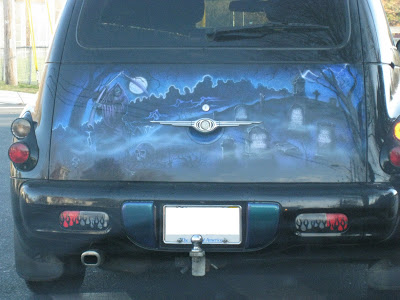
The cartoon above really isn't an exaggeration, which is kind of sad. When I was growing up, my mom would decorate for all of the holidays, but the decorations would go up about two weeks before the holiday. We always have a fresh Christmas tree for the holiday, so the tree would go up two weeks before Christmas and come down around New Years, unless we had a live (potted) tree in the house which we sometimes did.
Lately, I've been having trouble with the way that the stores market goods. You know, it's the middle of the summer and you're looking for another pair of shorts or a short-sleeved shirt and all that is on the rack is flannel shirts and corduroys. In February and March, all you can find are shorts. :-/ Back to school stuff was in the stores in July and was hard to find in August when you're actually looking for it. Halloween decorations, toys and costumes were in stores as early as the end of August. I didn't actually SEE anything for Thanksgiving in stores this year at all - with the exception of marked-down decorations that I saw when out shopping yesterday. Christmas decorations were out in stores before Halloween.
Its nutty.
What I found really frustrating was that I was looking for some chocolate Thanksgiving turkeys to put out on the table for Thanksgiving dinner. I had begun looking in early November - you'd think that was early enough, wouldn't you? - and found nothing. The seasonal aisle in our local grocery store where they put decorations and candy skipped right from Halloween to Christmas and skipped Thanksgiving entirely.
I was really pleased to see this posting on Facebook from a friend of mine. I think that there should be a bit of a separation between the holidays. I have a great deal of respect for the folks from Nordstrom's for not bowing to peer pressure and decorating for Christmas before Thanksgiving. We'll be putting up Christmas lights and decorations outside today, but will probably wait until at least the first weekend in December to turn them on!













































